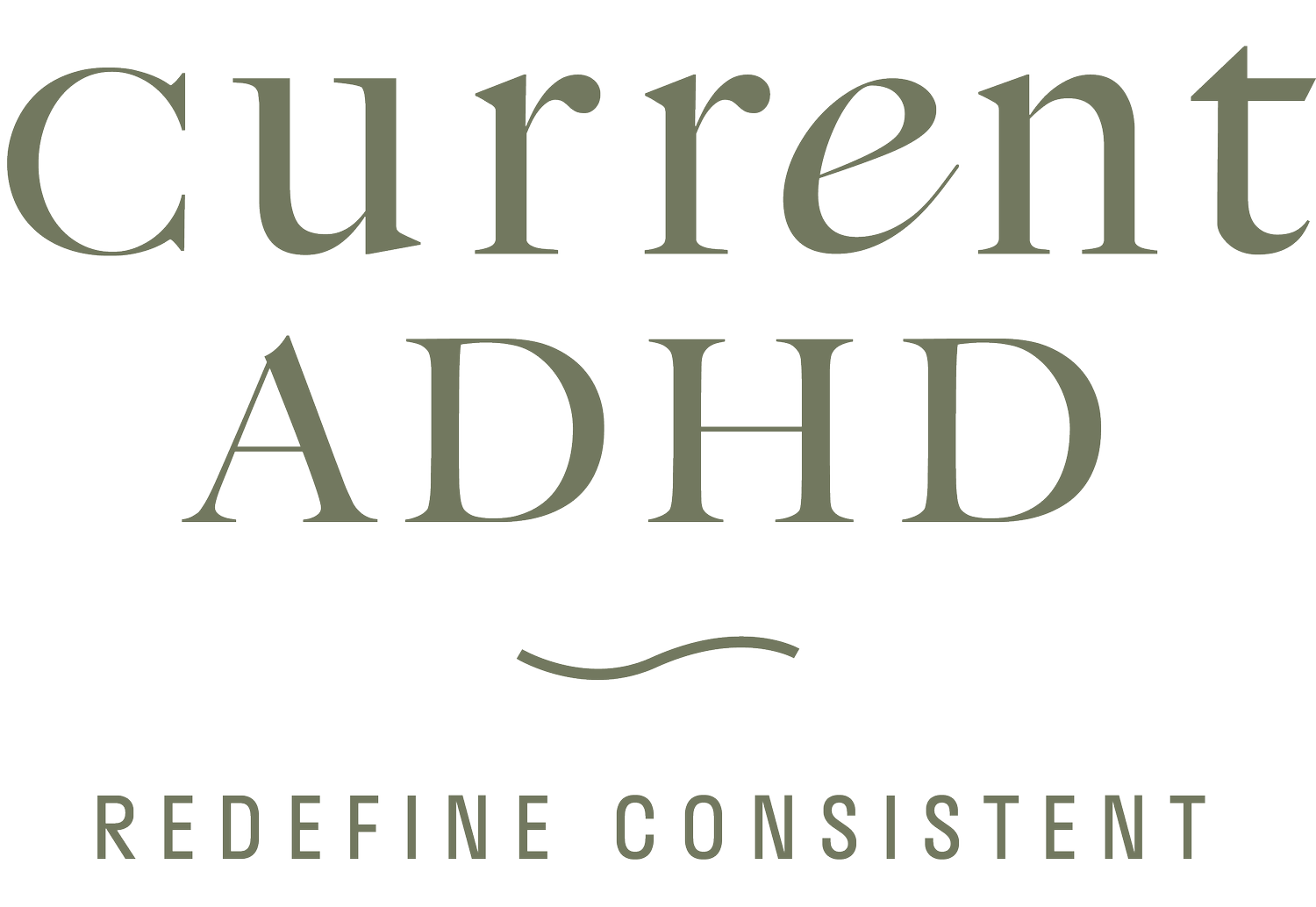Current ADHD Coaching’s Favorite Resources: Part 1
When I was first getting a handle on my ADHD, I resisted every single resource or tool that was presented to me: electronic calendars, alarms to help me be on time, mindfulness, time blocking, abc list. Those are just a few that stand out. Now I effectively use every damn one and I feel less stressed and more in control of my days.
Ultimately, I learned that resistance was almost never a sign that I shouldn’t try the thing, and I’m so glad that I have a toolbox of ADHD resources that work for me. If you’re feeling resistance to giving any of these a try, ask yourself, “What would it hurt to try?” Remember, though, that all tools and strategies will not work for all people. Trying one that doesn’t work does not mean there is no hope. It just means it’s not the right tool for today. New habits take time, and there will be hiccups along the way. Be kind to yourself and keep going.
Part I: Planning
Plan it
If you’re the person who buys 12 planners trying to find the perfect one or say things like, “they work for a while but I can never stick with it,” I’m talking to you! Of course, planners are not magic, but can be an amazing tool if you can make them work for you. In order to know if a planner is working for you, you first have to identify what it means to “work” for you. Then assess if that is a realistic expectation. Often, it’s not the planner that’s the problem, but rather it’s the shame you feel or the unrealistic expectations you put on the planner.
Do you think a planner can really change whether or not you execute on a task? If so, you might not be ready for a planner.Is your hope that your planner will keep you grounded and be a visual representation of your time and tasks? Then you’re on the right track and will probably find value in using one.
Now, that aside, I would be remiss if I didn’t share my all time favorite planner, the Laurel Denise horizontal planner, that I successfully used…wait for it…all last year.
It will not magically make you a “planner person,” only your behaviors can do that. But it is a damn good planner for neurodivergent brains. Here are 3 reasons why:
1. You can see your whole actual month and whole actual week at the same time (this single feature sold me)
2. There are visual habit trackers built into every month WITHOUT dates attached.
3. There are accessories that have real value and are aligned with things I teach like how to manage swirly thoughts and a decision matrix that are dry erase and can be added when it starts to fade into the background and feel boring. (Keep them in a drawer until then!)
Bonus: your planner doesn’t have to be fancy and pretty to count. There is a community of people who make their planner a work of art, but for the rest of us, it’s a tool, and tools are meant to be messy.
Have a back-up plan
Wish, Outcome, Obstacle, Plan (bonus points for the fun acronym!)
Anytime we can reduce decisions, we’re doing ourselves a favor. This tool, called WOOP, helps us have a plan in place for common challenges which means we don’t have to waste precious energy and executive functioning deciding what to do when stuff feels especially hard.
Part 2: Coming Soon

